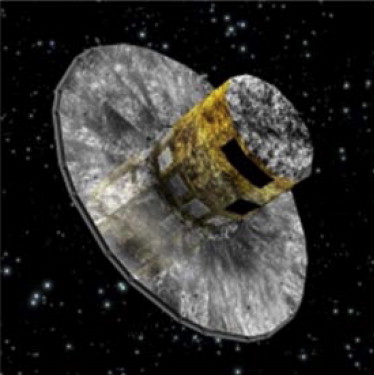
Europe’s Revolutionary Exoplanet Observatory Approaches Completion: PLATO’s Cameras Nearly Fully Integrated
The European Space Agency (ESA) is swiftly advancing on one of its most ambitious space observatories ever. With 24 out of 26 high-precision cameras now successfully installed, the PLATO (PLAnetary Transits and Oscillations of stars) spacecraft has reached a significant milestone on its journey to becoming Europe’s leading exoplanet-hunting initiative. The installation of these instruments signifies a crucial step toward deploying a robust new tool in the quest for habitable worlds outside our solar system.
Introducing the PLATO Mission
PLATO is designed to delve deep into space to seek out exoplanets, with a special emphasis on identifying rocky, Earth-like planets that orbit stars resembling our Sun. Developed through extensive European collaboration, the mission is set to launch in 2026 and will function from the L2 Lagrange point—approximately 1.5 million kilometers from Earth—providing a stable location for prolonged observations of extensive star fields.
What distinguishes PLATO from prior missions is its innovative incorporation of 26 individual cameras. This multi-camera setup offers PLATO a field of view roughly five times larger than NASA’s Kepler mission, allowing the spacecraft to observe around 5% of the sky in a single go.
Precision Mechanics: Installing the Eyes of PLATO
The process of camera installation is being carried out with meticulous care at OHB Systems AG in Germany, the main industrial contractor for PLATO’s spacecraft platform. Technicians have successfully mounted the 24 “normal” cameras—each functioning as a high-performance telescope—onto a specialized optical bench designed to ensure precise alignment.
The cameras are organized into four groups of six units, each aimed at slightly different portions of the sky. This setup creates overlapping fields of view that significantly improve the accuracy of planetary detection.
“These cameras are essentially the eyes of PLATO,” remarks Thomas Walloschek, ESA’s PLATO Project Manager. “Their installation is one of the most delicate and key aspects of the spacecraft’s integration. Precision alignment is absolutely vital for the success of the mission.”
How PLATO Identifies New Worlds
PLATO primarily employs planetary transit photometry for detection—a method that involves tracking slight, periodic reductions in a star’s brightness when a planet transits in front of it. While transit detection has been utilized by other missions like Kepler and TESS (Transiting Exoplanet Survey Satellite), PLATO’s larger array of cameras and broader sky coverage greatly amplify its detection capabilities.
In addition, PLATO goes beyond merely cataloging exoplanets. It is equipped to monitor stellar oscillations—tiny vibrations on a star’s surface that can provide profound insights into its internal structure and age. This technique, known as asteroseismology, enables scientists to ascertain:
– The precise size and mass of exoplanets through detailed knowledge of their host stars
– Stellar ages, providing context for the evolution of planetary systems
– The likelihood of a star hosting habitable, Earth-like planets
– Broader statistical insights regarding the abundance of potentially life-supporting planets within the galaxy
The Final Elements: High-Speed Cameras and Service Systems
PLATO’s scientific payload is nearing completion. The final components comprise two specially developed “fast cameras,” expected to be installed in the upcoming weeks. These instruments will capture rapid sequences of images of the brightest stars in PLATO’s field of view and contribute to the spacecraft’s finely tuned attitude control system—allowing it to maintain precise pointing for extended durations.
Simultaneously, efforts are ongoing on the spacecraft’s service module, which will soon be incorporated with the payload section. The service module will accommodate critical subsystems, including:
– Onboard computers and data processing units
– Attitude and orbit control components
– Power and thermal management systems
– High-bandwidth communication equipment to relay data back to Earth
A Milestone in Collaborative European Research
PLATO exemplifies a truly collaborative European scientific endeavor. The mission unites experts from ESA and the PLATO Mission Consortium—comprising over 20 space institutes and organizations throughout Europe. The spacecraft is being constructed by a consortium led by OHB, with significant contributions from Thales Alenia Space and Beyond Gravity.
This collaboration of academic and industrial expertise ensures that PLATO will not only serve as a cutting-edge scientific instrument but also stand as a technological milestone reflecting Europe’s advancing capabilities in astronomical exploration and spacecraft design.
Towards a New Era in Exoplanet Exploration
Upon launch, PLATO will join an expanding fleet of space observatories, including NASA’s TESS and ESA’s forthcoming ARIEL mission, to create a comprehensive approach to understanding planetary systems across the galaxy. However, unlike its peers, PLATO’s extensive survey capabilities and dual scientific objectives render it uniquely advantageous.
During its intended four-year primary mission, PLATO will observe over 200,000 stars, producing